CATS
25 Fascinating Facts About The Cheetah
Published
12 months agoon

Shutterstock
Cheetahs, with their unparalleled speed and elegant grace, are the epitome of wild beauty and agility. Holding the title of the fastest land animals on Earth, they spark our fascination and serve as a testament to nature’s incredible capacity for adaptation. Yet, beneath their swift prowess and captivating aesthetics lies a nuanced tale of endurance, conservation hurdles, and the delicate equilibrium within ecosystems. This compilation of insights into cheetahs as apex predators illuminates their distinctive biology, the challenges they confront in an evolving environment, and the forward-thinking conservation strategies aimed at safeguarding their existence. From their refined hunting techniques to the influence of human encroachment on their territories, every detail contributes to the broader narrative of cheetah conservation. Embark on a journey into the captivating realm of cheetahs to understand the critical role these noble creatures play in sustaining ecological balance and the pressing need for conservation measures to preserve their legacy.
Fastest Land Animal
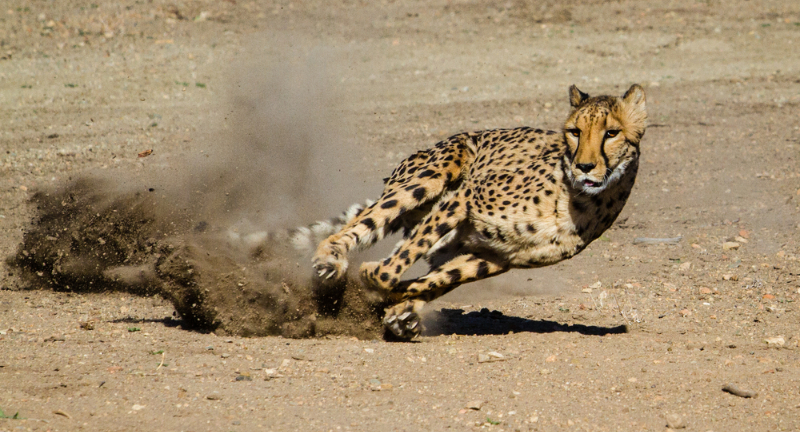
Shutterstock
Cheetahs hold the distinction of being the swiftest land mammals, achieving remarkable speeds of up to 75 mph in brief, intense spurts. This astounding velocity is made possible by their anatomical adaptations: elongated legs, a highly flexible spine, and claws that do not retract, providing enhanced grip. Their unparalleled acceleration stands as a testament to their hunting prowess, enabling them to outmaneuver prey with extraordinary efficiency. This combination of speed and agility underscores the cheetah’s status as an apex predator and a marvel of natural engineering.
Territorial Markings
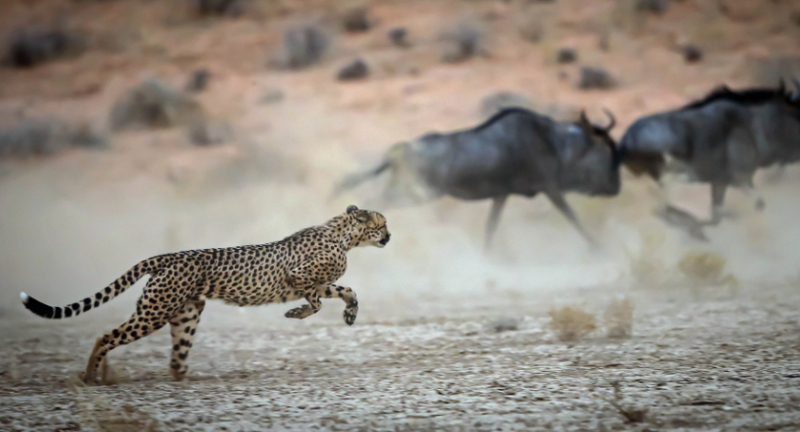
Shutterstock
Cheetahs utilize scent marking to delineate their territories, a behavior crucial for communication and maintaining social order, especially in regions where habitats overlap. This marking helps minimize conflicts between individuals and ensures their survival by establishing clear boundaries and reducing confrontations over resources. In this way, scent marking plays a vital role in the social dynamics and ecological balance of cheetah populations in areas with overlapping habitats.
Importance of Cheetahs in Ecosystems
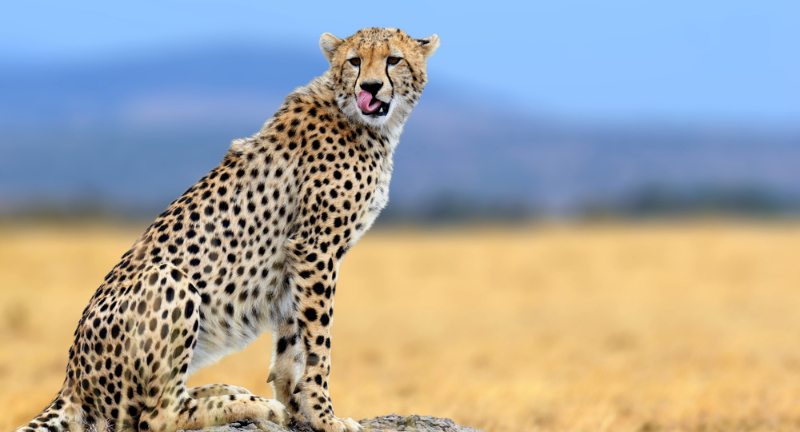
Shutterstock
As predators, cheetahs play a vital role in ecosystem balance by regulating herbivore populations. Their presence helps control the numbers of herbivores, preventing overgrazing and maintaining the health of plant communities. This, in turn, has cascading effects on the entire ecosystem, influencing the abundance and distribution of other species within their habitats. Therefore, cheetahs are essential for ecosystem health, with their role impacting the survival and dynamics of various species within their ecosystems.
High-Speed Adaptations
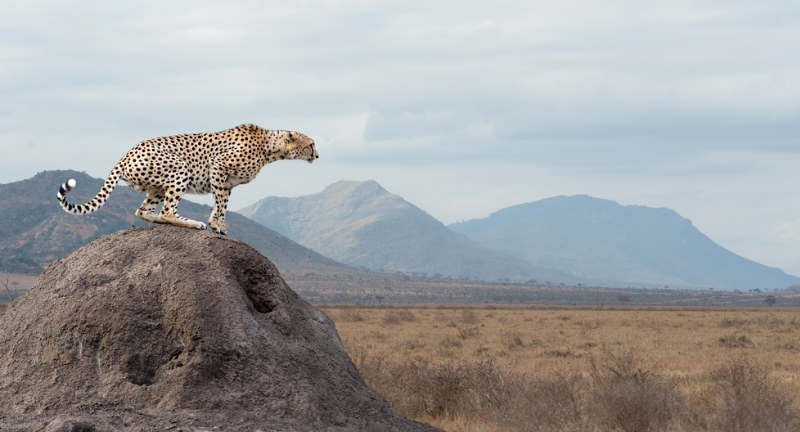
Shutterstock
The cheetah’s physique is a marvel of evolutionary design, optimized for high-speed pursuits. Its light frame minimizes resistance, while long limbs increase stride length, enabling rapid acceleration. A large heart and expansive lungs supply the necessary oxygen to sustain such intense speeds, illustrating the cheetah’s biological dedication to speed. Furthermore, the cheetah’s tail acts as a versatile rudder, aiding in steering and balancing at high velocities, allowing for swift directional changes during pursuits. This combination of physical adaptations showcases the cheetah’s evolutionary niche as a specialized high-speed hunter, demonstrating a remarkable example of natural design tailored for peak performance in the wild.
Social Structure
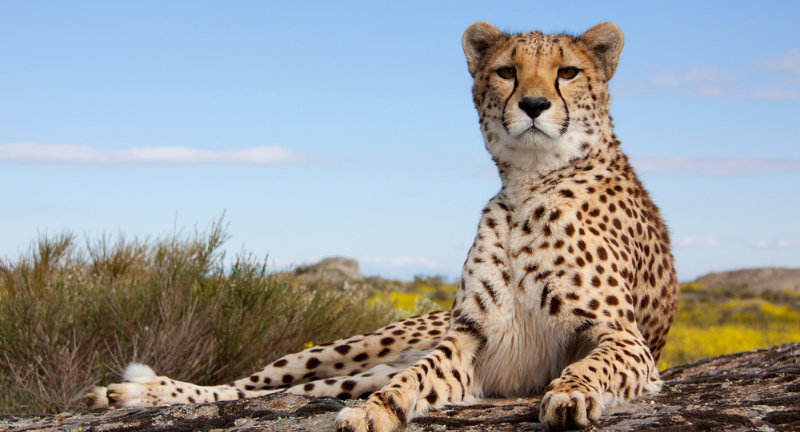
Shutterstock
Cheetahs present a distinctive approach to social organization, characterized by solitary females and the formation of male coalitions, which are often composed of brothers. This structure plays a crucial role in their survival and reproductive strategies. For females, a solitary lifestyle allows for greater flexibility in hunting and caring for their offspring without the pressures of group dynamics. Male coalitions, on the other hand, enable a collaborative effort in defending territories and securing mating rights. By banding together, these males can control larger areas than solitary males could manage, thus increasing their chances of encountering females for mating. This social setup underscores the adaptability of cheetahs to their environments and the evolutionary advantages of their unique social behaviors.
Diet and Prey
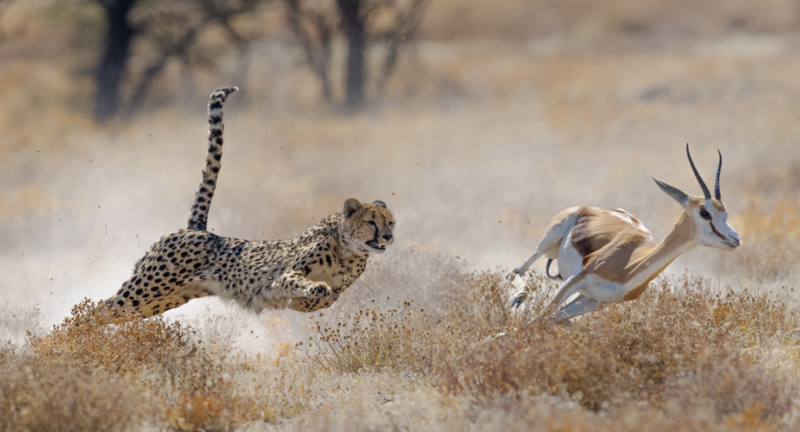
Shutterstock
Cheetahs primarily focus on hunting medium-sized ungulates, demonstrating a remarkable ability to adapt their diet to the prey species available in their environment. Their hunting technique is heavily reliant on their signature speed and agility, allowing them to chase down fast-moving animals with precision. By targeting the most vulnerable individuals within a prey group—such as the young, old, or sick—cheetahs maximize their chances of a successful kill. This strategy not only exemplifies their role as apex predators but also highlights their efficiency in conserving energy for pursuits where they have the highest likelihood of success. The adaptability of cheetahs in their hunting practices showcases their evolved proficiency in exploiting the dynamics of their prey populations.
Unique Breeding Behaviors
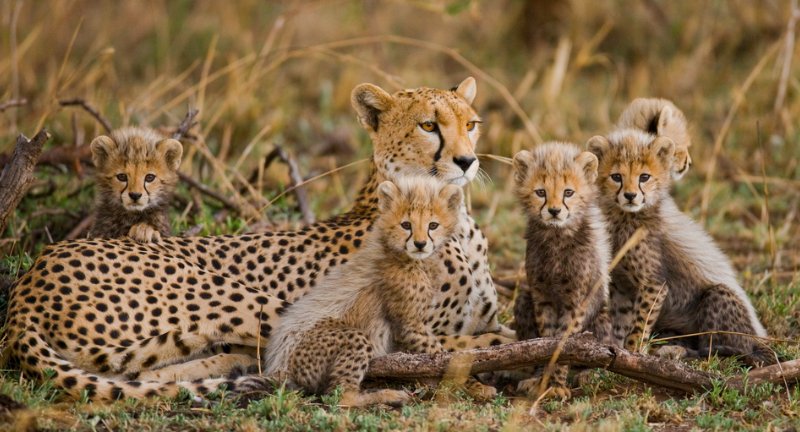
Shutterstock
Cheetahs exhibit unique breeding behaviors characterized by females initiating mating through vocalizations to attract males when they are ready to mate. Following a gestation period of approximately 90 to 95 days, females give birth to litters of up to six cubs, showcasing their distinctive reproductive strategy. This approach allows cheetahs to maximize their reproductive potential and ensure the survival of their offspring in the wild. The cheetah’s breeding patterns exemplify their adaptability to their environment and the evolutionary strategies developed to sustain their populations amidst various ecological challenges.
Cub Mortality Rate
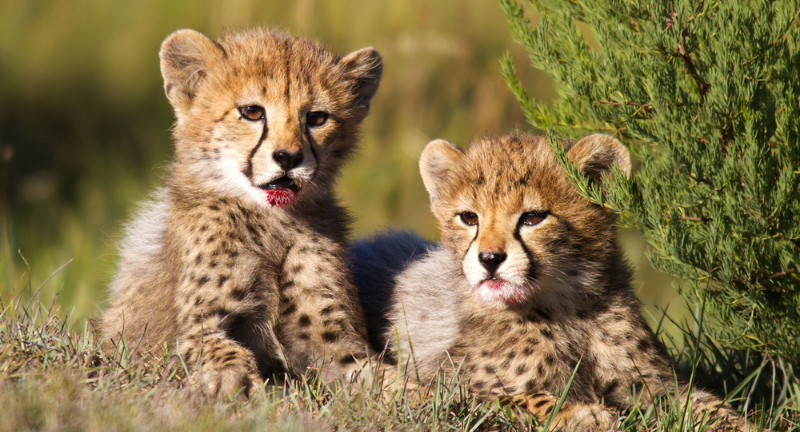
Shutterstock
High cub mortality rates, with as many as 75% failing to reach adulthood, present formidable challenges for cheetah conservation efforts. Predation, disease, and malnutrition emerge as primary threats to the survival of cheetah cubs, underscoring the precariousness of their existence in the wild. Predators such as lions, leopards, and hyenas pose significant risks to cheetah cubs, as do diseases and infections that can spread rapidly through vulnerable populations. Additionally, competition for resources and nutritional deficiencies further exacerbate the vulnerability of cheetah cubs. Addressing these factors is essential for safeguarding the future of cheetah populations, highlighting the urgent need for comprehensive conservation measures aimed at mitigating threats to cub survival and ensuring the long-term viability of this iconic species.
Adaptability to Different Habitats
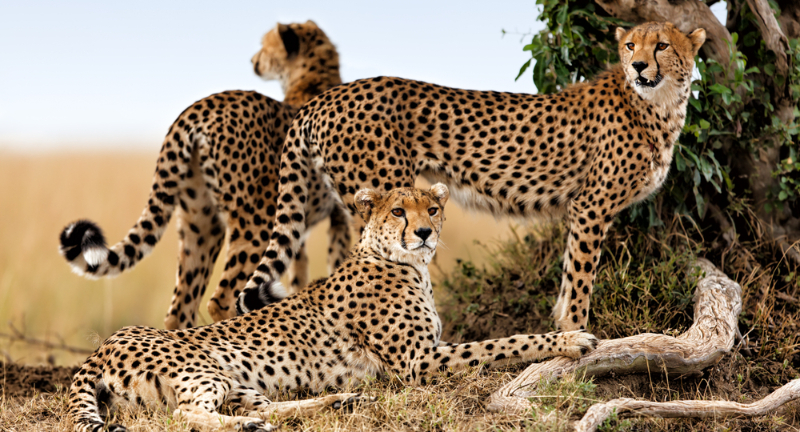
Shutterstock
Cheetahs demonstrate remarkable adaptability, thriving in a diverse range of habitats that include savannahs, grasslands, and even deserts. This versatility is essential for their survival, allowing them to exploit different ecosystems for resources and evade competition with other predators. However, despite their adaptability, cheetahs face challenges due to their extensive territorial requirements, which make them susceptible to habitat fragmentation. Human activities such as urbanization, agriculture, and infrastructure development can fragment cheetah habitats, isolating populations and limiting their access to essential resources. Addressing habitat fragmentation is therefore critical for maintaining viable cheetah populations and ensuring their continued survival in the wild. Conservation efforts focused on habitat preservation and connectivity are essential for safeguarding the future of this iconic species.
Threats from Climate Change
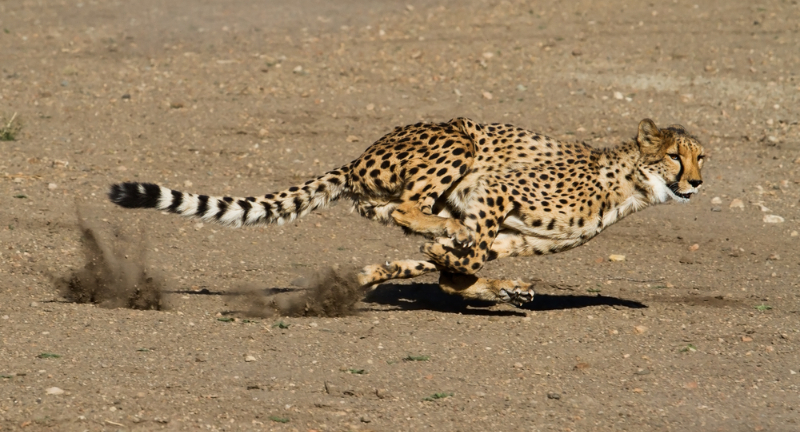
Shutterstock
Climate change affects cheetah habitats and prey availability, indirectly endangering their survival. Conservation efforts are crucial for adapting to these changes and ensuring cheetah populations’ long-term viability. Measures such as habitat restoration and wildlife corridor creation aim to mitigate the impacts of climate change on cheetahs. Additionally, reducing greenhouse gas emissions is essential for addressing the underlying drivers of climate change and safeguarding cheetah habitats.
Innovative Conservation Strategies
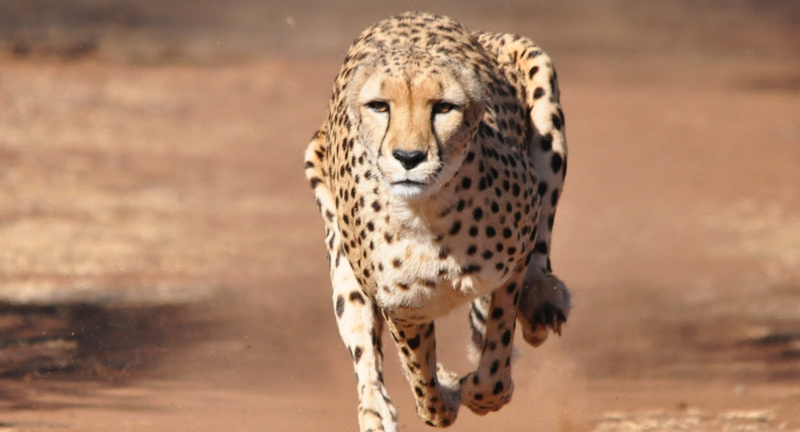
Shutterstock
Conservationists employ innovative strategies like utilizing guard dogs to mitigate human-cheetah conflicts and engage in habitat restoration to safeguard cheetah populations. These initiatives, coupled with the establishment of wildlife corridors and captive breeding programs, play a pivotal role in ensuring the survival of cheetahs. By addressing both human-wildlife conflicts and habitat degradation, conservationists strive to create sustainable environments where cheetahs can thrive. These multifaceted approaches are essential for safeguarding the future of this iconic species.
Genetic Bottleneck
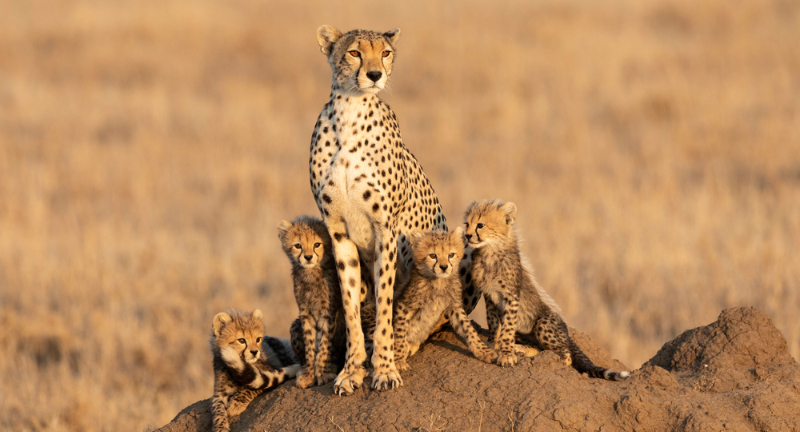
Shutterstock
Cheetahs confront a genetic bottleneck, leading to diminished genetic diversity, which heightens their vulnerability to diseases and limits their adaptability. This presents significant hurdles for their conservation efforts and breeding programs in captivity. Addressing these genetic challenges is crucial for ensuring the long-term survival and health of cheetah populations, both in the wild and in captivity. Efforts to mitigate the impacts of genetic bottlenecking play a vital role in sustaining the genetic resilience and viability of cheetahs for future generations.
Cheetahs in Captivity
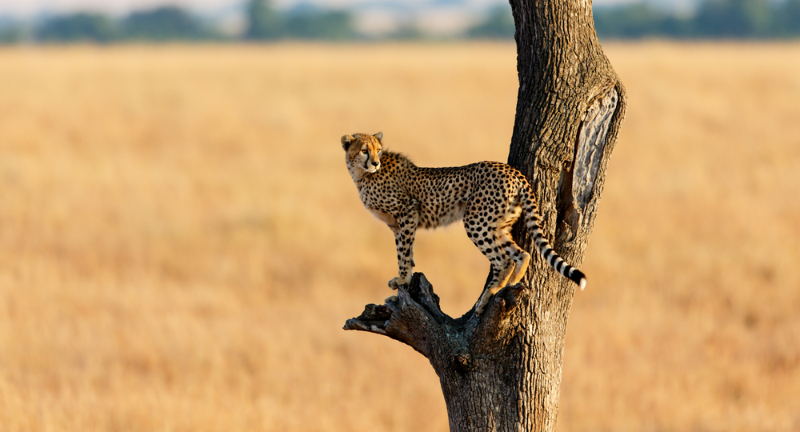
Shutterstock
Captive cheetahs play a vital role in conservation efforts through breeding programs and educational initiatives. However, they encounter challenges such as stress and reduced reproduction rates, highlighting the need to enhance their living conditions and overall well-being. By addressing these challenges and promoting optimal care and management practices, conservationists aim to maximize the effectiveness of captive breeding programs and ensure the welfare of cheetahs in captivity. These efforts are essential for bolstering cheetah populations and raising public awareness about the importance of cheetah conservation.
Running Mechanics
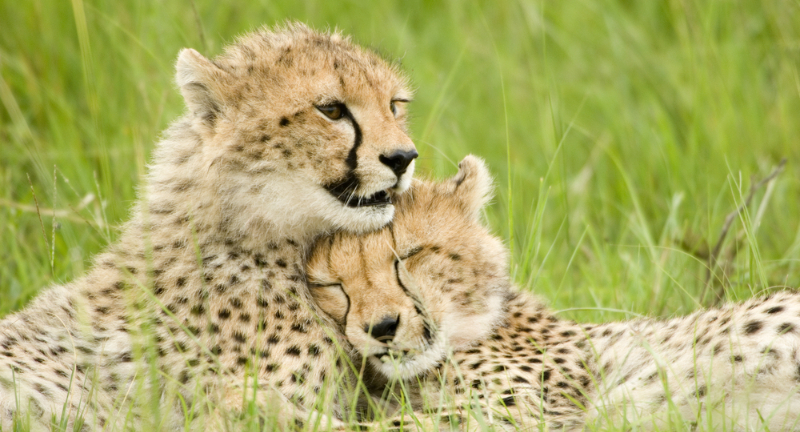
Shutterstock
The cheetah’s running mechanics are finely tuned, featuring a flexible spine and semi-retractable claws that optimize their speed and agility. These evolutionary adaptations are tailored to their unique hunting strategy, enabling them to excel in short bursts of high-speed pursuit. However, while these traits enhance their sprinting capabilities, they also limit their endurance for prolonged chases.
Communication and Vocalizations
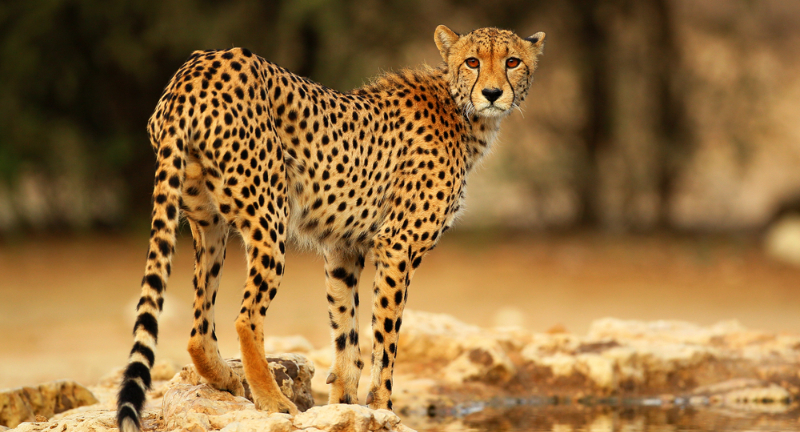
Shutterstock
Cheetahs utilize a diverse array of sounds for communication, encompassing purring, hissing, and chirping, which play significant roles in various social interactions such as mother-cub bonding and mating calls. These vocalizations are essential for facilitating communication within cheetah social groups and are vital for their survival and reproductive success in the wild.
Impact of Human Activities
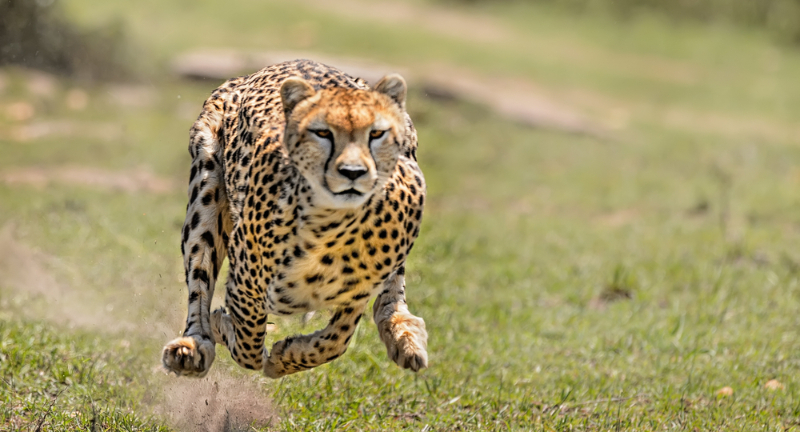
Shutterstock
Human development and agricultural activities pose significant threats to cheetah populations by fragmenting their habitats and reducing available resources. Conservation programs are actively engaged in mitigating these effects through education and community-based initiatives aimed at promoting coexistence between humans and cheetahs. By raising awareness about the importance of conserving cheetah habitats and implementing strategies to reduce human-wildlife conflicts, these programs strive to safeguard the long-term survival of cheetah populations amidst ongoing human development pressures.
Specialized Hunting Technique
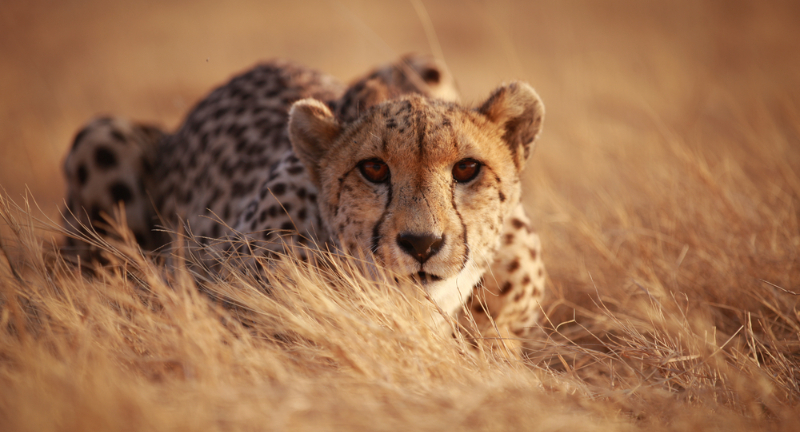
Shutterstock
Cheetahs employ a sophisticated hunting strategy that combines stealth with explosive speed, allowing them to approach their prey unnoticed before initiating a swift chase. This approach significantly contributes to their high hunting success rate. Their remarkable agility enables them to execute rapid and sharp turns during the pursuit, a skill that is crucial in capturing swift and evasive prey. This adept blend of stealth and velocity, coupled with their ability to maneuver quickly, highlights the cheetah’s exceptional predatory skills, setting them apart in the animal kingdom as master hunters.
Distinctive Physical Features
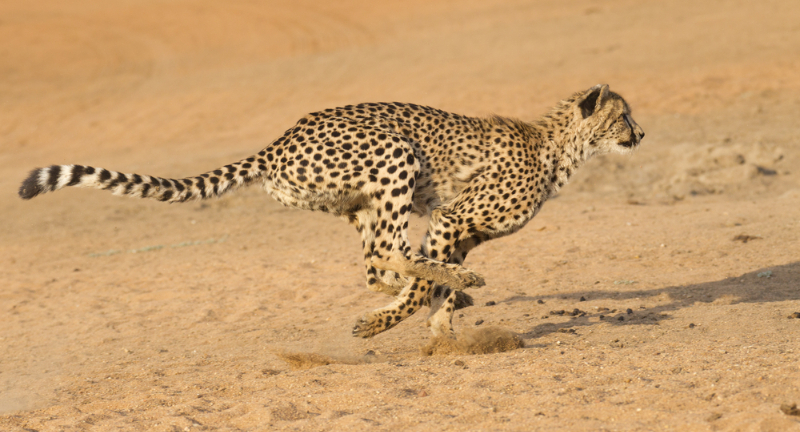
Shutterstock
Cheetahs are equipped with several distinctive adaptations that enhance their hunting capabilities. Their large nostrils allow for increased oxygen intake, essential for maintaining high speeds. Sharp eyesight aids in spotting prey from great distances, while the iconic black “tear marks” running from the inner corners of their eyes down to the sides of their mouth help in reducing sun glare and improving their focus on prey. Coupled with their flexible bodies, which facilitate sudden, agile movements, these features synergize to make cheetahs exceptionally adept hunters. These physical characteristics not only underscore their specialization in speed and agility but also their evolutionary refinement as apex predators.
Cheetahs and Human Culture
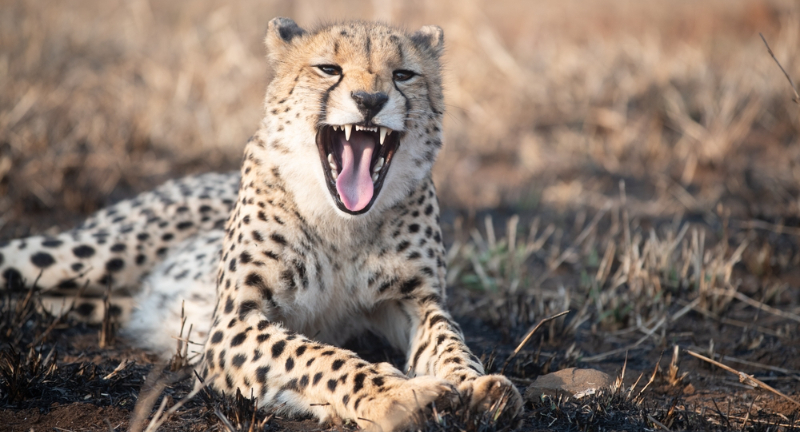
Shutterstock
Cheetahs have held significance in human culture for thousands of years, embodying traits of speed and grace that have inspired admiration. Ancient civilizations revered these majestic animals as symbols of power and prowess, incorporating them into their myths, art, and daily lives. The enduring cultural legacy of cheetahs highlights the profound impact they have had on human societies throughout history, serving as both symbols of strength and sources of inspiration for generations.
Conservation Status
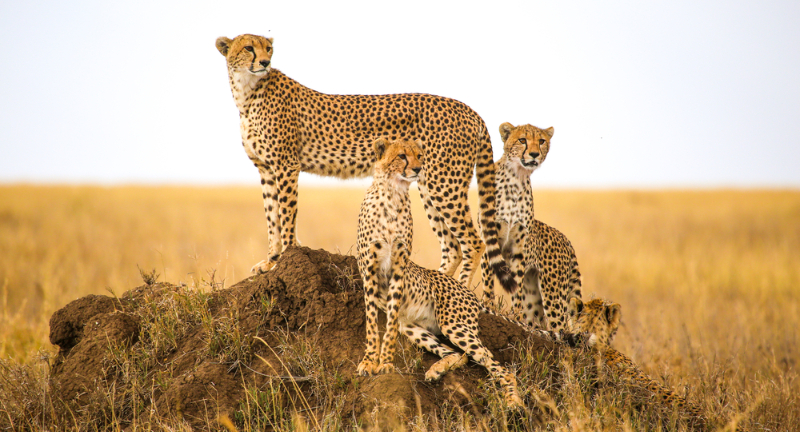
Shutterstock
Cheetahs are classified as vulnerable, facing significant population declines primarily attributed to habitat loss, human-wildlife conflict, and diminishing prey availability. To combat these threats, conservation efforts are targeted towards several key areas. Firstly, habitat protection initiatives aim to preserve the cheetah’s natural habitats from further degradation and fragmentation. Secondly, strategies to mitigate human-animal conflicts, such as implementing measures to prevent livestock predation and promoting coexistence between local communities and cheetah populations, are crucial for reducing human-induced threats to cheetah survival. Additionally, maintaining genetic diversity within cheetah populations is essential to prevent inbreeding and preserve the species’ long-term viability. Through these conservation endeavors, there is hope for reversing the decline of cheetah populations and ensuring a sustainable future for these magnificent creatures.
Longevity and Life Cycle
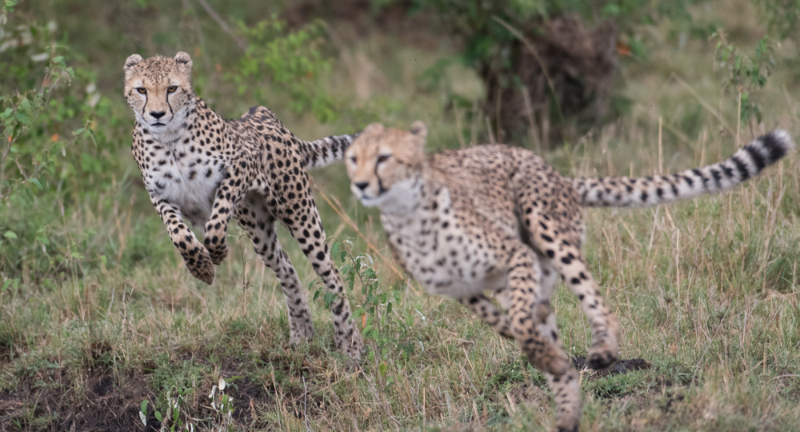
Shutterstock
Cheetahs typically live an average of 10-12 years in the wild and can reach up to 17 years in captivity. During their life cycle, cheetahs undergo a critical period of learning vital survival skills, essential for their development and survival in both natural and captive environments. These skills include hunting techniques, social behaviors, and adaptation to their surroundings, which enable them to thrive and navigate the challenges they encounter throughout their lives.
Predation Strategy
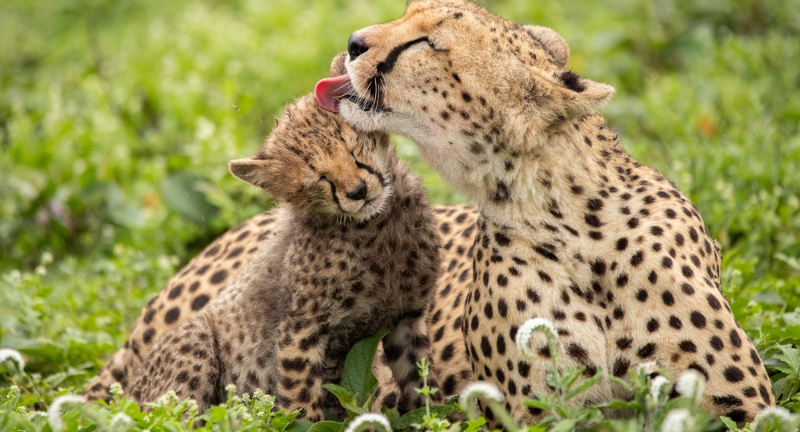
Shutterstock
The cheetah’s predation strategy is distinct, relying on surprise and a sudden burst of speed, setting them apart from other predators that may rely on strength or teamwork. This specialization underscores the cheetah’s unique niche in the natural world, emphasizing their exceptional agility and speed as the cornerstone of their hunting success.
Conservation Education and Awareness
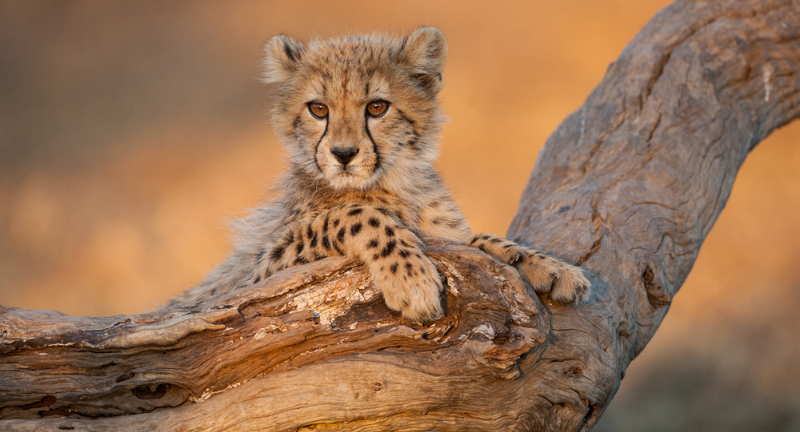
Shutterstock
Education and awareness play a crucial role in cheetah conservation, as they inform the public about the habitat requirements and threats facing these magnificent animals. By raising awareness about the challenges cheetahs face, conservation efforts aim to foster a connection between people and these iconic predators, encouraging individuals to take protective measures and support conservation initiatives. Through education, people can better understand the importance of preserving cheetah habitats and working towards coexistence with these endangered species, ensuring their survival for future generations.
Technological Advances in Cheetah Conservation
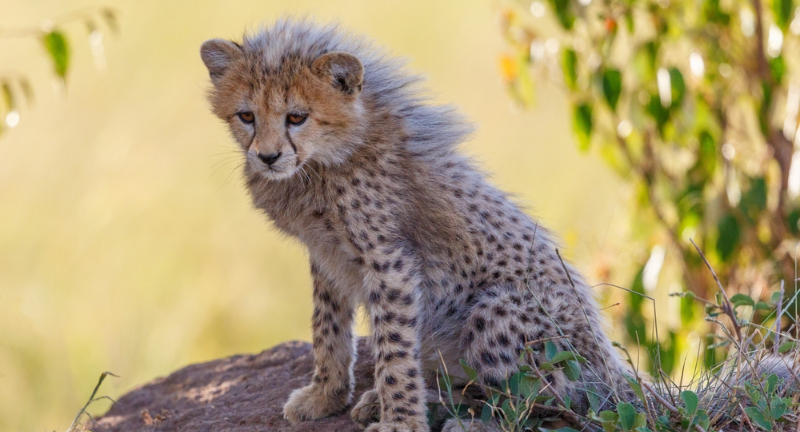
Shutterstock
Technological tools such as satellite tracking and genetic studies are instrumental in cheetah conservation efforts. These tools offer invaluable data that enable conservationists to make informed decisions and develop effective strategies for protecting cheetah populations. Satellite tracking allows researchers to monitor the movements and behavior of cheetahs in their natural habitats, providing insights into their ranging patterns and habitat use. Genetic studies help assess the genetic diversity of cheetah populations and inform breeding programs aimed at maintaining healthy gene pools. Together, these technologies contribute significantly to the conservation and management of cheetahs, ensuring their long-term survival in the wild.
Conclusion
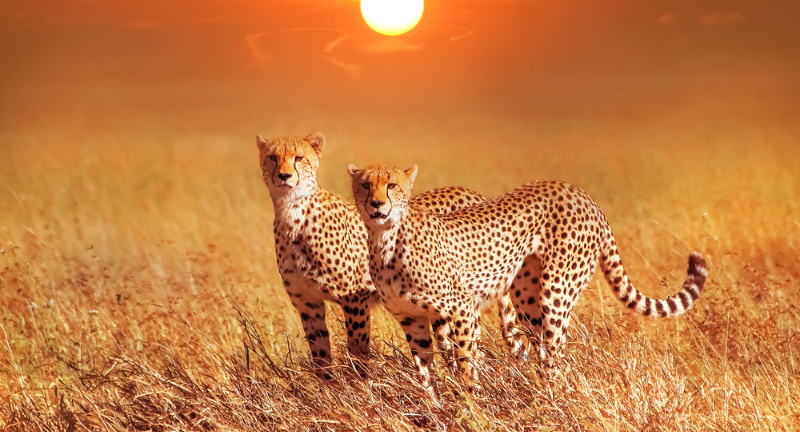
Wikipedia
The journey through the world of cheetahs unveils a narrative brimming with wonder, obstacles, and optimism. As apex predators, cheetahs wield significant influence over the health and equilibrium of their ecosystems, yet they confront formidable challenges including habitat loss, human-wildlife conflict, and genetic vulnerabilities. The highlighted facts illuminate not only the cheetahs’ extraordinary adaptations and the perils they confront but also the indispensable significance of conservation endeavors. Through innovative strategies, community involvement, and technological advancements, there emerges a glimmer of hope for their future. By comprehending and cherishing the intricacies of cheetah life, we can nurture a more harmonious coexistence with these majestic beings, striving towards a future where they flourish in the wild and safeguard the biodiversity of our planet for generations to come.
More Amazing Animals+
-


30 Most Interesting Mutualistic Relationships In Nature
-
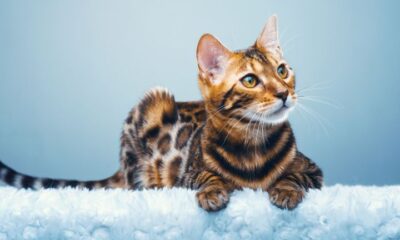

15 Of The Cutest Cat Breeds
-
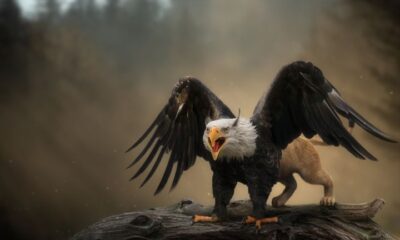

25 Mythical And Misunderstood Animals
-


25 Unusual But Undeniably Adorable Baby Animals
-


21 Animals That Are Considered Stone Cold Killers
-


24 Wildlife Conservation Sanctuaries Around The World
-


27 Most Intelligent Animals And How They Problem Solve
-


24 Animals That Have The Strangest Defense Mechanisms
-
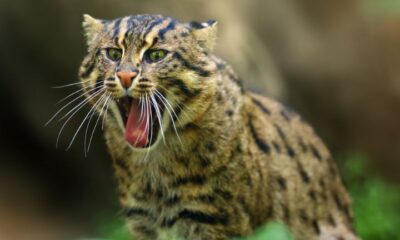

27 Animals With The Most Elaborate Hunting Strategies
-


20 Animals At Risk Of Extinction That Need Our Help
-


27 Animals That Live In The Most Extreme Conditions
-


27 Animals That Look Like They Could Be A Cartoon…
